
India, with her wealth of spiritual tradition, has produced many spiritual giants. Considered on of the greatest was Sri Ramakrishna (1836-1886). His life was a testament to truth, universality, love and purity. ("Sri" is an honorific title of respect).
Born in a rural village outside Calcutta, Ramakrishna as a boy naturally gravitated toward leading a spiritual life. This tendency only intensified as he grew older. When as a young man he became a temple priest, he was seized by an unquenchable thirst for union with God. He immersed himself in intense meditation and other spiritual practices.
Ramakrishna was constantly absorbed in the thought of God. He would often go into high spiritual states and merge with the Infinite Reality. For him, the Vedanta teaching of unity of all existence was more than theory; he literally saw, and knew, this to be true.
In his thirst for the Divine, Ramakrishna followed different religious traditions including various branches of Hinduism. ![]() In addition, through his many Sikh devotees, he learned of their faith and its great founders, and he was told of the wonderful life and teachings of the Buddha. This exposure to the Sikh religion and Buddhism further confirmed his experience of the universality of spiritual truth.
In addition, through his many Sikh devotees, he learned of their faith and its great founders, and he was told of the wonderful life and teachings of the Buddha. This exposure to the Sikh religion and Buddhism further confirmed his experience of the universality of spiritual truth.
Not content to stop there, he practiced Islam and Christianity. He deeply meditated on Christ, experiencing the same divine Reality. Thus, he came to the conclusion, based on his direct experience, that all religions lead to the same goal.
Ramakrishna's love for humanity was immense. He often said human beings were the highest manifestations of God. His disciples saw this love firsthand, and the monastic order Ramakrishna inspired achieved the distinction of being the first order in India to serve humanity. Service to God in humankind is one of the foremost ideals of the Ramakrishna Order.
![]()

The Dakshineswar temple on the banks of the Ganges,
where Sri Ramakrishna spent most of his life.
![]() Ramakrishna's teachings regarding the highest truths of spiritual life were delivered in the simplest language and were punctuated by parables and homely metaphors as illustrations. Many noted writers and philosophers-Mahatma Gandhi, Leo Tolstoy, Aldous Huxley, Christopher Isherwood, Thomas Merton, Arnold Toynbee, and Joseph Campbell have been deeply impressed and influenced by him.
Ramakrishna's teachings regarding the highest truths of spiritual life were delivered in the simplest language and were punctuated by parables and homely metaphors as illustrations. Many noted writers and philosophers-Mahatma Gandhi, Leo Tolstoy, Aldous Huxley, Christopher Isherwood, Thomas Merton, Arnold Toynbee, and Joseph Campbell have been deeply impressed and influenced by him.
Different people call on [God] by different names: some as Allah, some as God, and others as Krishna, Siva, and Brahman. It is like the water in a lake. Some drink it at one place and call it 'jal', others at another place and call it 'pani', and still others at a third place and call it 'water'. The Hindus call it 'jal', the Christians 'water', and the Moslems 'pani'. But it is one and the same thing."
"All religions are true. The important thing is to reach the roof. You can reach it by stone stairs or by wooden stairs or by bamboo steps or by a rope. You can also climb up by a bamboo pole."
"Once some blind men chanced to come near an animal that someone told them was an elephant. They were asked what the elephant was like. The blind men began to feel its body. One of them said the elephant was like a pillar; he had touched only its leg. Another said it was like a winnowing fan; he had touched only its ear. In this way the others, having touched its tail or belly, gave their different versions of the elephant. Just so, a man who has seen only one aspect of God limits God to that alone. It is his conviction that God cannot be anything else."
Click the link for information about Sarada Devi, the wife and spiritual consort of Ramakrishna.
For suggested reading, see such books as Ramakrishna and His Disciples, The Gospel of Sri Ramakrishna, Sri Ramakrishna and his Divine Play, and Sarada Devi and Her Divine Play. You can also see photographs and paintings of Ramakrishna, Sarada Devi and Ramakrishna's disciples on our website and at this link
-
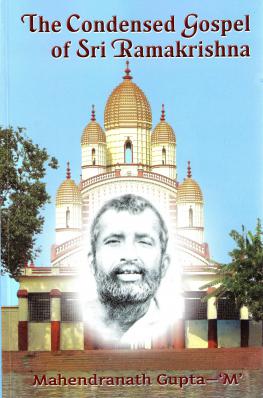 The Condensed Gospel of Sri Ramakrishna
$16.95
The Condensed Gospel of Sri Ramakrishna
$16.95 -
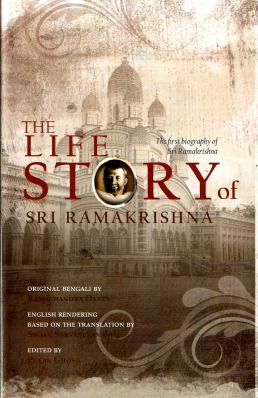 The Life Story of Sri Ramakrishna: The First Biography of Sri Ramakrishna
$8.95
The Life Story of Sri Ramakrishna: The First Biography of Sri Ramakrishna
$8.95 -
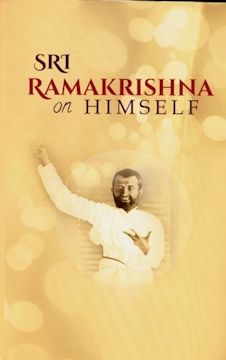 Sri Ramakrishna On Himself
$12.95
Sri Ramakrishna On Himself
$12.95 -
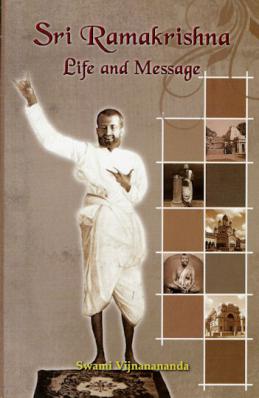 Sri Ramakrishna: Life and Message
$13.95
Sri Ramakrishna: Life and Message
$13.95 -
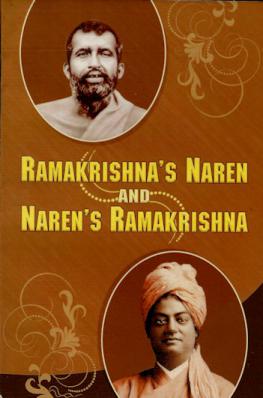 Ramakrishna's Naren and Naren's Ramakrishna
$4.00
Ramakrishna's Naren and Naren's Ramakrishna
$4.00 -
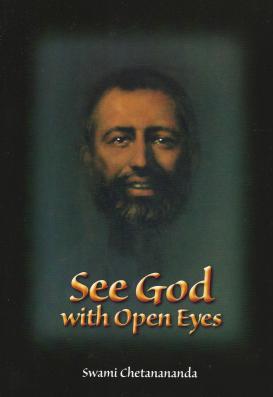 See God with Open Eyes: Meditation on Ramakrishna
$19.95
See God with Open Eyes: Meditation on Ramakrishna
$19.95 -
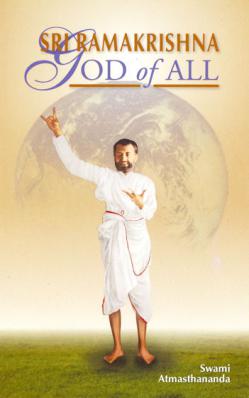 Sri Ramakrishna: God of All
$4.95
Sri Ramakrishna: God of All
$4.95 -
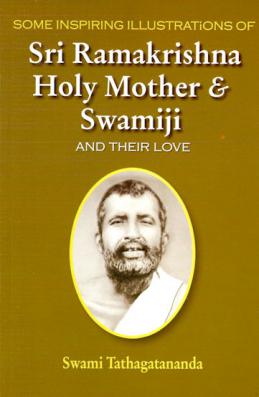 Some Inspiring Illustrations of Sri Ramakrishna, Holy Mother & Swamiji and Their Love
$10.95
Some Inspiring Illustrations of Sri Ramakrishna, Holy Mother & Swamiji and Their Love
$10.95 -
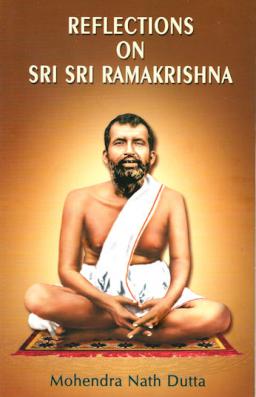 Reflections on Sri Sri Ramakrishna
$10.95
Reflections on Sri Sri Ramakrishna
$10.95 -
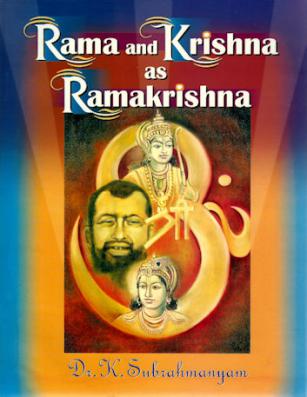 Rama and Krishna as Ramakrishna
$16.95
Rama and Krishna as Ramakrishna
$16.95 -
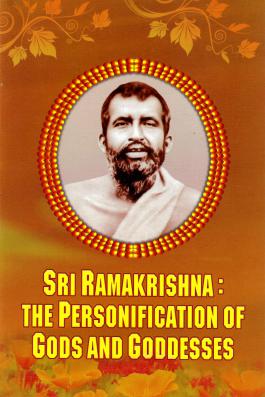 Sri Ramakrishna: The Personification of Gods and Goddesses
$9.95
Sri Ramakrishna: The Personification of Gods and Goddesses
$9.95 -
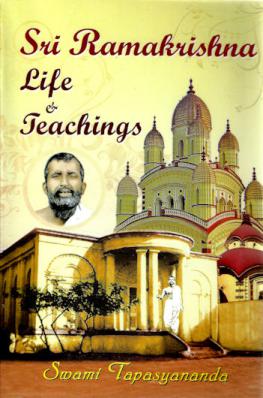 Sri Ramakrishna: Life and Teachings (An Interpretive Study)
$8.95
Sri Ramakrishna: Life and Teachings (An Interpretive Study)
$8.95 -
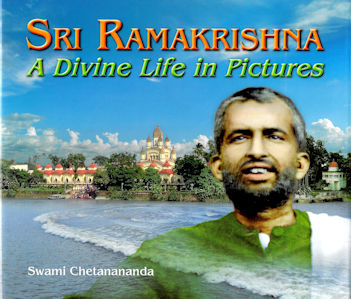 Sri Ramakrishna: A Divine Life in Pictures
$39.95
Sri Ramakrishna: A Divine Life in Pictures
$39.95 -
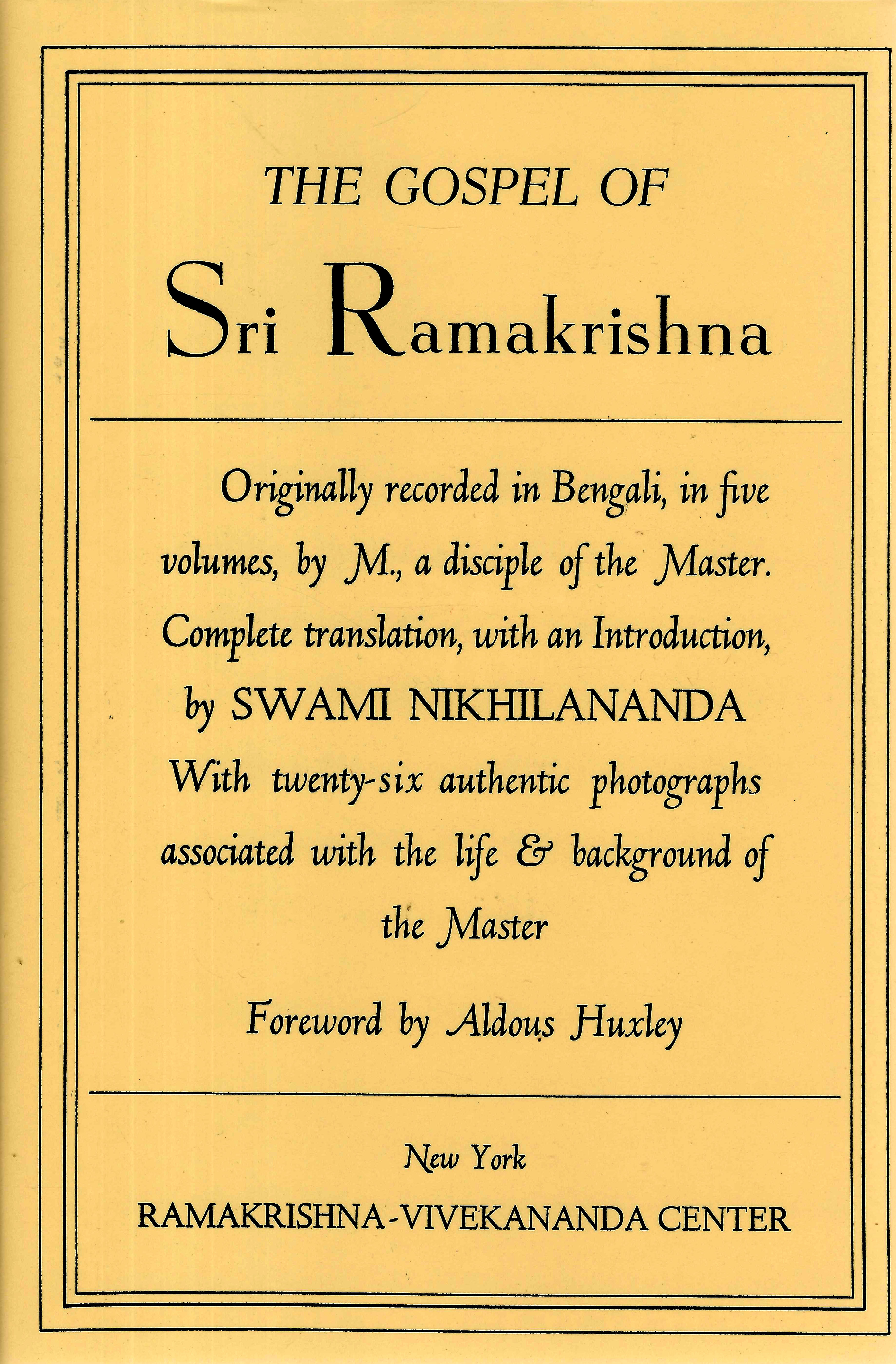 Gospel of Sri Ramakrishna
$17.50
Gospel of Sri Ramakrishna
$17.50 -
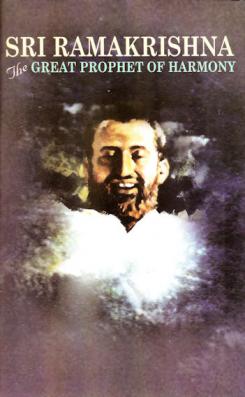 Ramakrishna: The Great Prophet of Harmony
$19.95
Ramakrishna: The Great Prophet of Harmony
$19.95 -
Ramakrishna: A Documentary DVD
$19.95 -
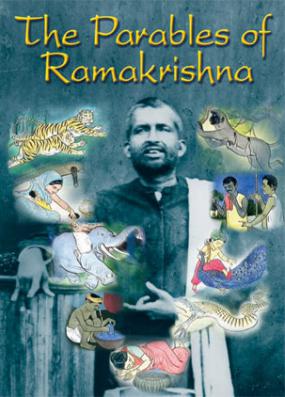 Parables of Ramakrishna - DVD
$19.95
Parables of Ramakrishna - DVD
$19.95 -
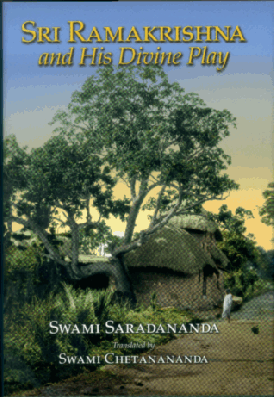 Sri Ramakrishna and His Divine Play
$39.95
Sri Ramakrishna and His Divine Play
$39.95 -
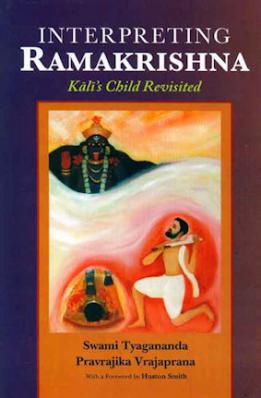 Interpreting Ramakrishna
$25.95
Interpreting Ramakrishna
$25.95 -
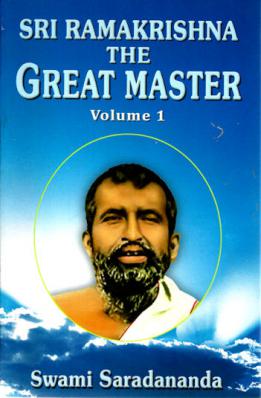 Ramakrishna the Great Master - original edition Back In Paperback!
$25.95
Ramakrishna the Great Master - original edition Back In Paperback!
$25.95 -
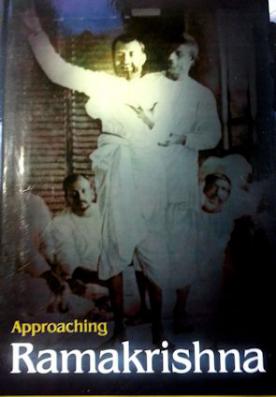 Approaching Ramakrishna
$12.95
Approaching Ramakrishna
$12.95 -
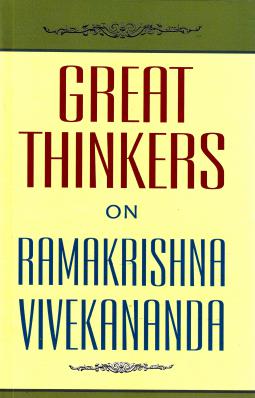 Great Thinkers on Ramakrishna-Vivekananda
$11.95
Great Thinkers on Ramakrishna-Vivekananda
$11.95 -
 Inspiring Lives...
$1.00
Inspiring Lives...
$1.00